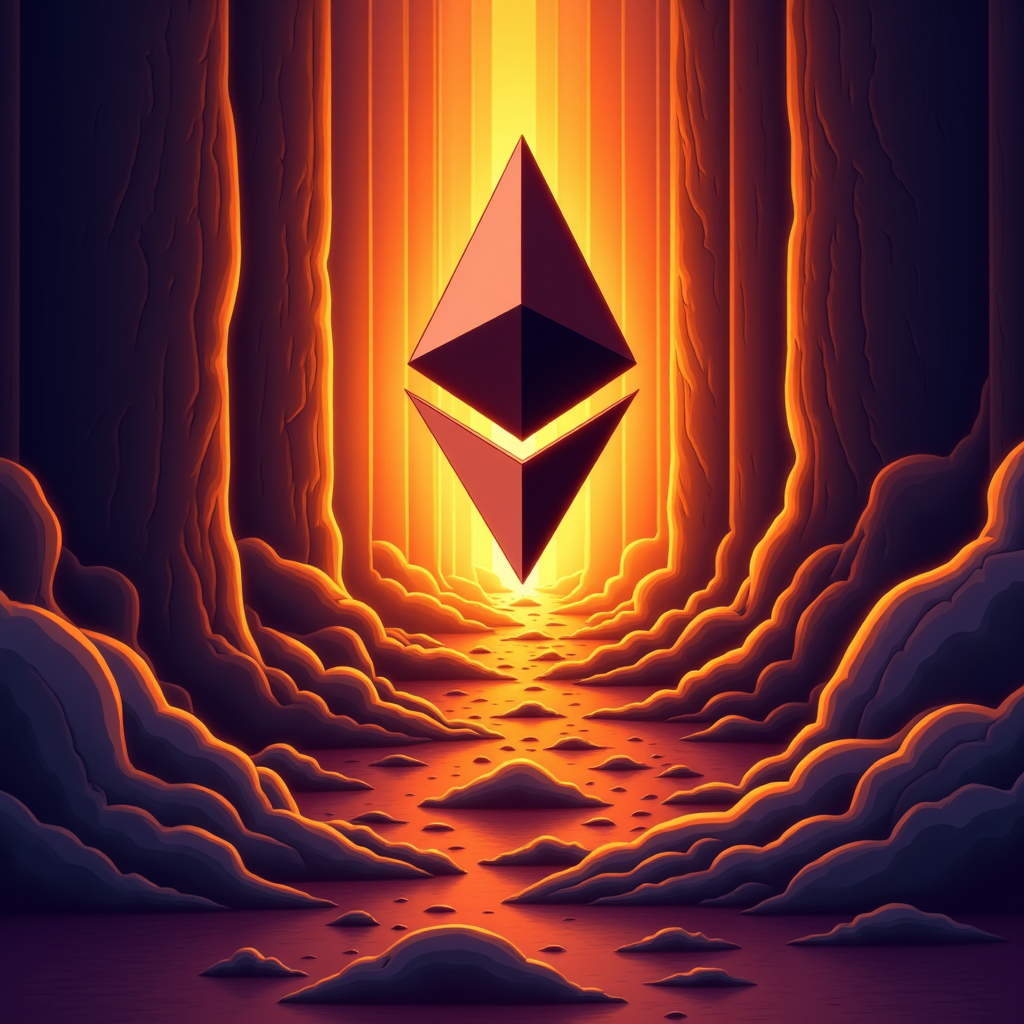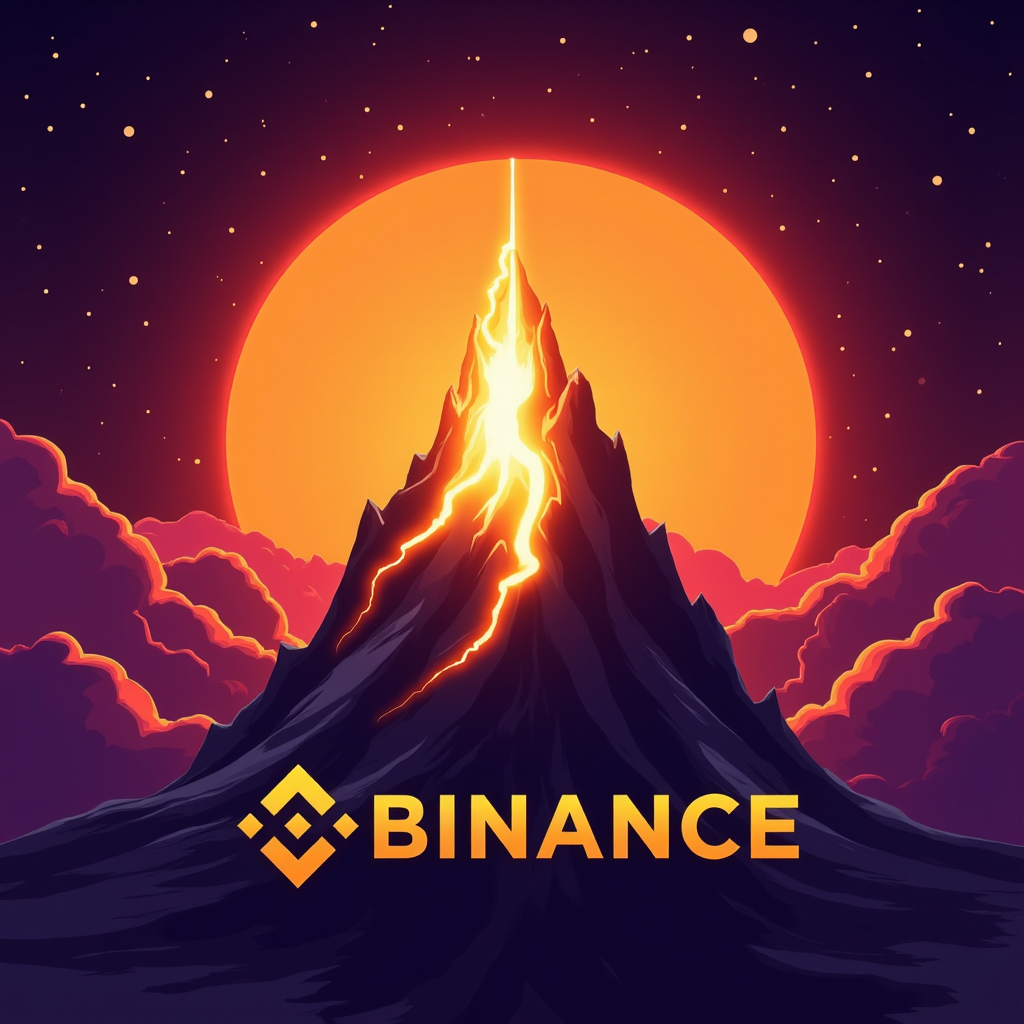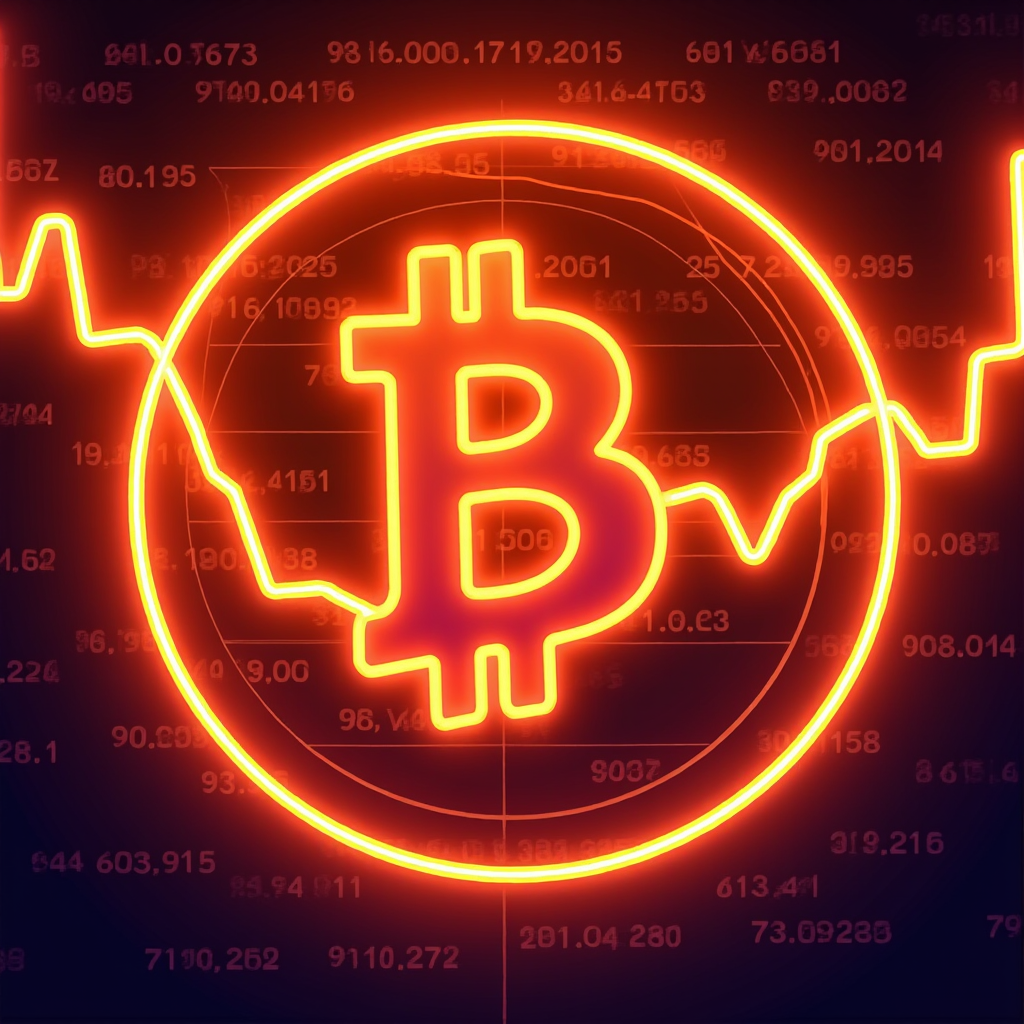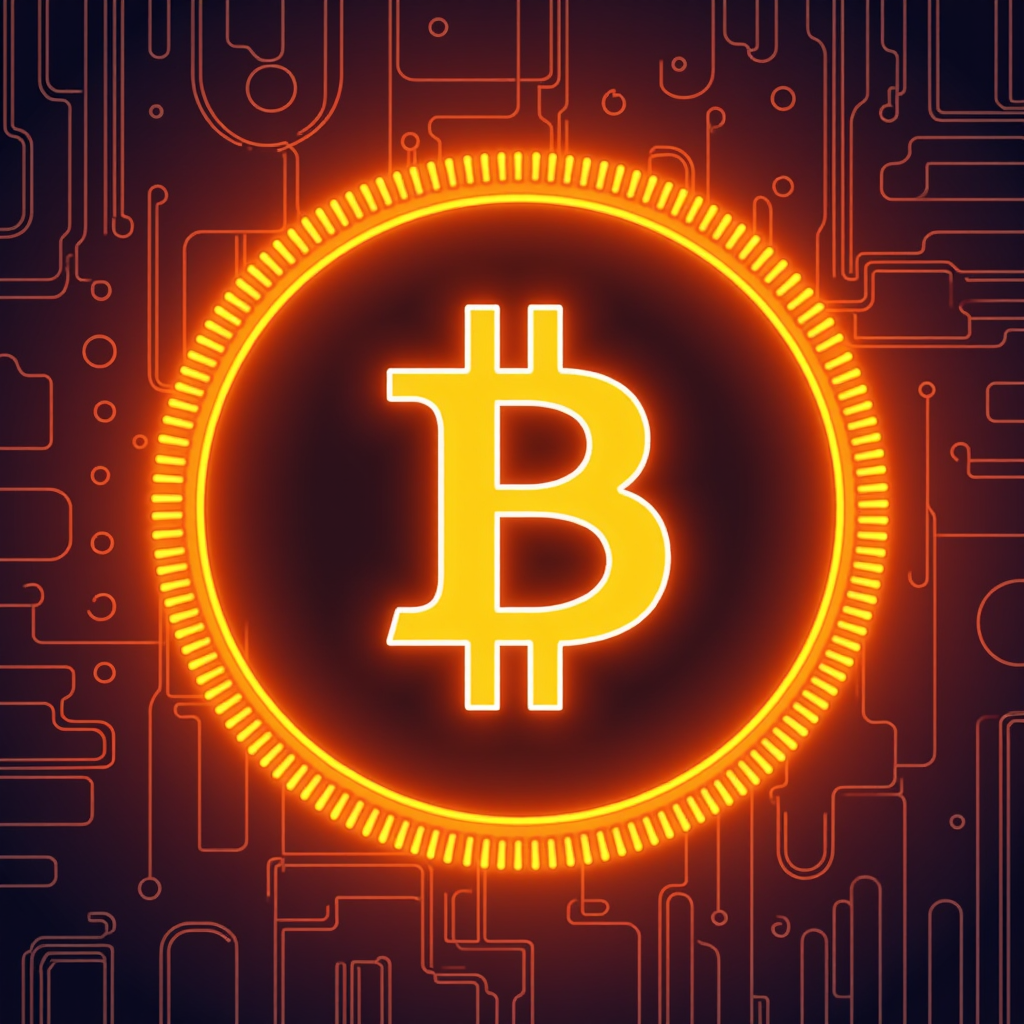EDITOR'S CHOICE
Top picks from our editors
Market Analysis
6 min

Oct 26, 2025
newsbot
Ethereum's EIP7999 Proposal: A GameChanger for Transaction Fees
Ethereum's EIP-7999 proposal aims to simplify transaction fees by introducing a unified fee market, potentially transforming user experiences in DeFi and NFTs while addressing competition from other networks. The community is currently discussing its implementation, with significant implications for the Ethereum ecosystem on the horizon.
5

In a bold move that could reshape the Ethereum landscape, Vitalik Buterin and Anders Elowsson have put forth an exciting proposal known as EIP-7999.
This initiative aims to establish a unified fee market that simplifies how users and developers manage transaction costs on the Ethereum network.
With the growing complexity of decentralized finance (DeFi) and non-fungible tokens (NFTs), the timing for such a change couldn't be better.
The introduction of EIP-7999 comes at a crucial moment for Ethereum.
As the network grapples with competition from other platforms like Solana and Tron, which offer more favorable fee structures, this proposal seeks to enhance user experience and restore Ethereum's competitive edge.
With Ethereum’s revenue plummeting alongside a decline in transaction fees after the Dencun update, the urgency for reform is evident. **What is EIP-7999 and What Does It Entail?** EIP-7999 proposes a revolutionary concept: a multidimensional fee structure that significantly alters how transaction fees are calculated and managed.
Currently, Ethereum users face a daunting task—estimating and setting various spending limits based on multiple technical parameters and fluctuating demand for network re like gas computation and storage.
This complexity often leads to overestimates, wasted funds, or failed transactions due to incorrect fee settings.
The goal of EIP-7999 is to streamline this process.
Users will have the ability to specify a maximum total spending limit for all transaction components, making it easier to send and approve transactions without the fear of overpaying.
This simplified approach promises to enhance user satisfaction and efficiency, especially for those engaged in complex smart contract interactions typical of DeFi and NFTs. **Addressing the Current Fee Model's Challenges** The current fee management system can be a labyrinth for users.
The need to evaluate multiple fee parameters often leaves users vulnerable to errors.
For example, miscalculating gas limits can lead to transaction failures and frustration.
EIP-7999 seeks to eliminate this confusion by allowing users to set a single, visible fee cap.
This reduction in the cognitive load associated with transaction costs means less stress and improved efficiency for all users.
Moreover, the proposal responds to Ethereum’s need to stay relevant in a rapidly evolving market.
As alternative networks continue to attract users with lower fees, Ethereum must adapt to retain its user base.
EIP-7999 is a strategic step toward reclaiming that competitive edge. **How Will the Unified Fee Market Work?** At the heart of EIP-7999 lies the concept of a global fee cap per transaction.
This innovative mechanism allows Ethereum nodes to automatically allocate costs across various re based on real-time network conditions.
By delegating fee estimation to the Ethereum node algorithm, the proposal not only simplifies the user experience but also helps reduce friction for wallet providers and decentralized application (dApp) developers.
This change is expected to lower the entry barriers for new users entering the DeFi and Web3 spaces.
The transparency and predictability of fees can lead to increased participation in the ecosystem, fostering innovation and growth. **Impact on Users, DeFi, and NFTs** The implications of EIP-7999 are far-reaching.
For everyday users, sending and receiving transactions will become a straightforward process.
No longer will users have to navigate the complexities of varying gas limits or fee calculations.
Instead, they will see a single expense item, making budgeting for transactions much easier.
For the DeFi sector and those involved in NFTs, the proposal promises to streamline cost management for even the most intricate operations.
This means fewer disruptions from failed transactions due to insufficient fees and enhanced ease of programming interactions in dApps and smart contracts.
As a result, capital efficiency is expected to improve significantly, bringing actual expenditures closer to the optimal values for each transaction. **Community Feedback and Implementation Timeline** Currently, EIP-7999 is undergoing scrutiny from the Ethereum community.
Discussions are active across forums and social media channels, gathering public feedback to refine the proposal.
While no specific timeline for implementation has been established, the evolution of this initiative will largely depend on the collective input from users, developers, and validators.
The breadth of EIP-7999’s impact means the discussions could extend over several weeks or even months.
Given the substantial changes proposed, all components of the Ethereum ecosystem—including software wallets, dApps, and Layer 2 solutions—will need to adapt. **Risks and Challenges Ahead** While EIP-7999 presents numerous advantages, it also introduces certain risks and challenges.
Unifying fee management is a complex task and requires significant updates to wallets, analytical tools, and dApps.
One of the primary concerns is whether the new system can effectively handle peak network stress, particularly during sudden surges in transaction requests.
Moreover, questions about potential side effects are already surfacing.
For instance, how will the system manage scenarios where specific re become bottlenecks?
Additionally, the implications for security and cost transparency in secondary layers, such as rollups or Layer 2 solutions, need thorough examination. **Looking Ahead: The Future of Ethereum’s Fee Structure** If EIP-7999 successfully passes, the implications for the Ethereum ecosystem could be profound.
The proposed changes could lead to a simplification of user interactions, increased predictability in transaction costs, and a reduction in wasted capital.
These improvements are crucial for attracting new users and capital, especially within the DeFi and NFT sectors.
However, the journey is far from over.
The balance between technical innovation and stability will be critical as Ethereum navigates this transformative phase.
As discussions continue and feedback is collected, the coming weeks will be pivotal in determining whether this fee revolution can become a reality.
As the Ethereum community engages in these crucial conversations, one thing is clear: the future of Ethereum's fee structure is on the brink of a significant evolution.
Stay tuned to the official channels, as the blockchain landscape may soon witness a major turning point.
Market Analysis
Ethereum's EIP7999 Proposal: A GameChanger for Transaction Fees
Aug 13, 2025
Ethereum's EIP-7999 proposal aims to simplify transaction fees by introducing a unified fee market, potentially transforming user experiences in DeFi and NFTs while addressing competition from other networks. The community is currently discussing its implementation, with significant implications for the Ethereum ecosystem on the horizon.
5

In a bold move that could reshape the Ethereum landscape, Vitalik Buterin and Anders Elowsson have put forth an exciting proposal known as EIP-7999.
This initiative aims to establish a unified fee market that simplifies how users and developers manage transaction costs on the Ethereum network.
With the growing complexity of decentralized finance (DeFi) and non-fungible tokens (NFTs), the timing for such a change couldn't be better.
The introduction of EIP-7999 comes at a crucial moment for Ethereum.
As the network grapples with competition from other platforms like Solana and Tron, which offer more favorable fee structures, this proposal seeks to enhance user experience and restore Ethereum's competitive edge.
With Ethereum’s revenue plummeting alongside a decline in transaction fees after the Dencun update, the urgency for reform is evident. **What is EIP-7999 and What Does It Entail?** EIP-7999 proposes a revolutionary concept: a multidimensional fee structure that significantly alters how transaction fees are calculated and managed.
Currently, Ethereum users face a daunting task—estimating and setting various spending limits based on multiple technical parameters and fluctuating demand for network re like gas computation and storage.
This complexity often leads to overestimates, wasted funds, or failed transactions due to incorrect fee settings.
The goal of EIP-7999 is to streamline this process.
Users will have the ability to specify a maximum total spending limit for all transaction components, making it easier to send and approve transactions without the fear of overpaying.
This simplified approach promises to enhance user satisfaction and efficiency, especially for those engaged in complex smart contract interactions typical of DeFi and NFTs. **Addressing the Current Fee Model's Challenges** The current fee management system can be a labyrinth for users.
The need to evaluate multiple fee parameters often leaves users vulnerable to errors.
For example, miscalculating gas limits can lead to transaction failures and frustration.
EIP-7999 seeks to eliminate this confusion by allowing users to set a single, visible fee cap.
This reduction in the cognitive load associated with transaction costs means less stress and improved efficiency for all users.
Moreover, the proposal responds to Ethereum’s need to stay relevant in a rapidly evolving market.
As alternative networks continue to attract users with lower fees, Ethereum must adapt to retain its user base.
EIP-7999 is a strategic step toward reclaiming that competitive edge. **How Will the Unified Fee Market Work?** At the heart of EIP-7999 lies the concept of a global fee cap per transaction.
This innovative mechanism allows Ethereum nodes to automatically allocate costs across various re based on real-time network conditions.
By delegating fee estimation to the Ethereum node algorithm, the proposal not only simplifies the user experience but also helps reduce friction for wallet providers and decentralized application (dApp) developers.
This change is expected to lower the entry barriers for new users entering the DeFi and Web3 spaces.
The transparency and predictability of fees can lead to increased participation in the ecosystem, fostering innovation and growth. **Impact on Users, DeFi, and NFTs** The implications of EIP-7999 are far-reaching.
For everyday users, sending and receiving transactions will become a straightforward process.
No longer will users have to navigate the complexities of varying gas limits or fee calculations.
Instead, they will see a single expense item, making budgeting for transactions much easier.
For the DeFi sector and those involved in NFTs, the proposal promises to streamline cost management for even the most intricate operations.
This means fewer disruptions from failed transactions due to insufficient fees and enhanced ease of programming interactions in dApps and smart contracts.
As a result, capital efficiency is expected to improve significantly, bringing actual expenditures closer to the optimal values for each transaction. **Community Feedback and Implementation Timeline** Currently, EIP-7999 is undergoing scrutiny from the Ethereum community.
Discussions are active across forums and social media channels, gathering public feedback to refine the proposal.
While no specific timeline for implementation has been established, the evolution of this initiative will largely depend on the collective input from users, developers, and validators.
The breadth of EIP-7999’s impact means the discussions could extend over several weeks or even months.
Given the substantial changes proposed, all components of the Ethereum ecosystem—including software wallets, dApps, and Layer 2 solutions—will need to adapt. **Risks and Challenges Ahead** While EIP-7999 presents numerous advantages, it also introduces certain risks and challenges.
Unifying fee management is a complex task and requires significant updates to wallets, analytical tools, and dApps.
One of the primary concerns is whether the new system can effectively handle peak network stress, particularly during sudden surges in transaction requests.
Moreover, questions about potential side effects are already surfacing.
For instance, how will the system manage scenarios where specific re become bottlenecks?
Additionally, the implications for security and cost transparency in secondary layers, such as rollups or Layer 2 solutions, need thorough examination. **Looking Ahead: The Future of Ethereum’s Fee Structure** If EIP-7999 successfully passes, the implications for the Ethereum ecosystem could be profound.
The proposed changes could lead to a simplification of user interactions, increased predictability in transaction costs, and a reduction in wasted capital.
These improvements are crucial for attracting new users and capital, especially within the DeFi and NFT sectors.
However, the journey is far from over.
The balance between technical innovation and stability will be critical as Ethereum navigates this transformative phase.
As discussions continue and feedback is collected, the coming weeks will be pivotal in determining whether this fee revolution can become a reality.
As the Ethereum community engages in these crucial conversations, one thing is clear: the future of Ethereum's fee structure is on the brink of a significant evolution.
Stay tuned to the official channels, as the blockchain landscape may soon witness a major turning point.
© 2025 by AltcoinStory. All rights reserved.









